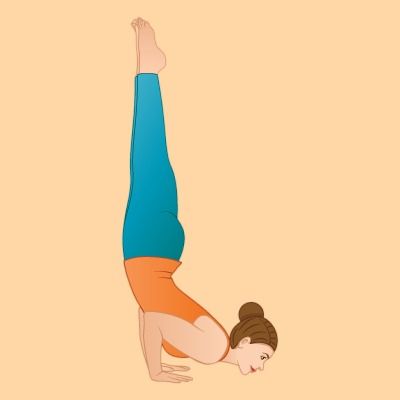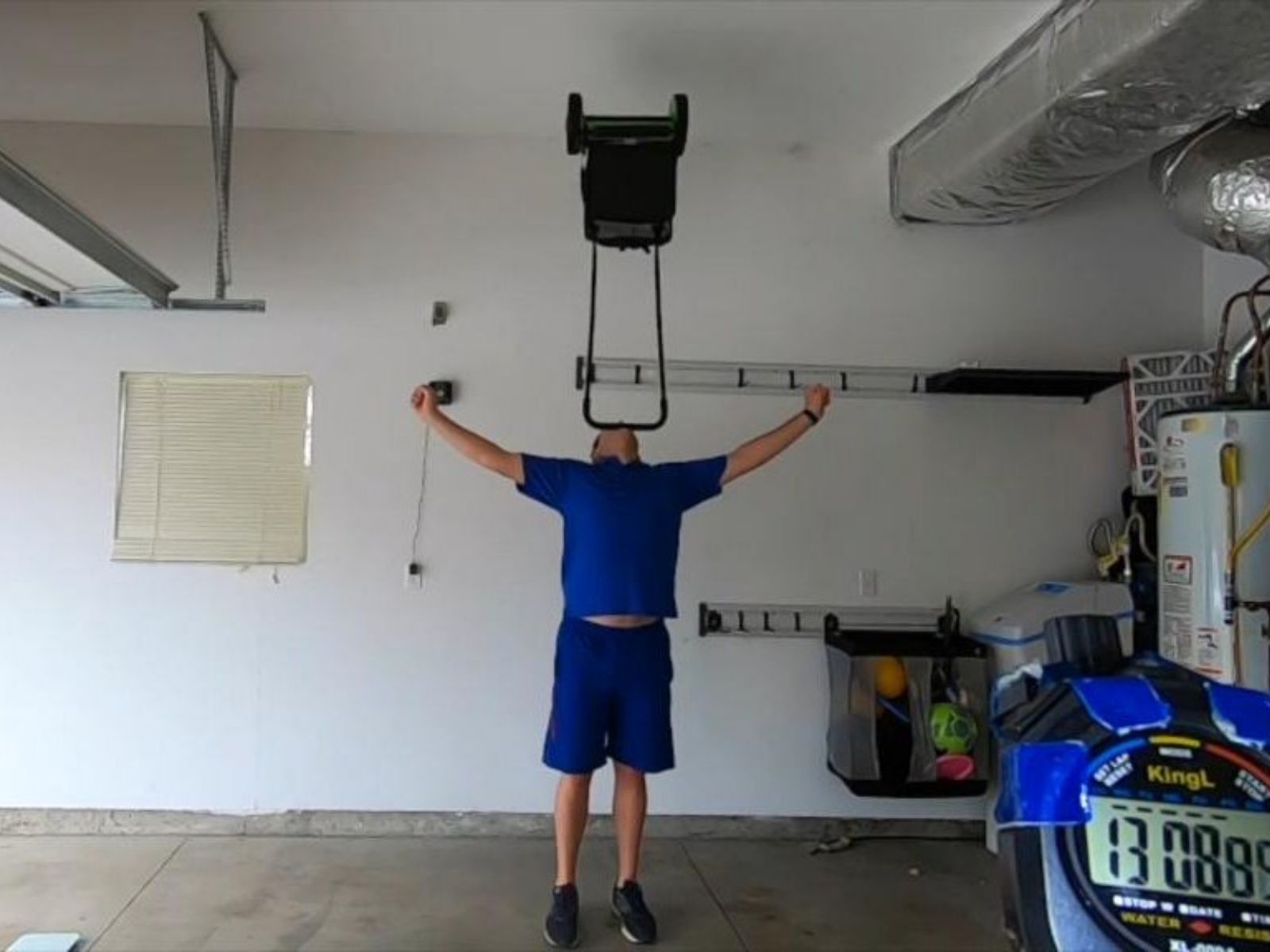
“
Let’s uncover some wonderful facts about the chin that might make you view this tiny spot below your lips with newfound appreciation. Your chin isn't just a facial feature—it's like your face's own superhero, brimming with surprises and secrets. This unique part of your anatomy plays a significant role in defining your facial profile, supporting the jaw, and even aiding in speech and expressions. It stands out as a distinctive human trait, setting us apart from other animals. Delve into these fascinating facts to discover why your chin is so special and how it contributes to your individuality and communication.1
1
”
The chin is a uniquely human feature, with no other animals possessing a protruding chin. This distinctive trait plays a crucial role in our facial structure and expressions, setting us apart from other species.1
Sleeping position can influence the appearance of your chin. For instance, sleeping on your back can prevent the chin from appearing double or saggy, while side or stomach sleeping might exacerbate such issues over time.2
Men often have more prominent chins, a feature significantly influenced by hormonal changes during puberty. These hormonal shifts contribute to the development and shape of the chin, making it more pronounced and giving men a distinct, masculine profile.3

On January 19, 2024, in Chennai, Tamil Nadu, India, the Sports Development Authority of Tamil Nadu and the Government of Tamil Nadu set a record with 302 people simultaneously performing the chin stand pose.
Chin augmentation or reduction surgeries, known as genioplasty, are common cosmetic procedures. These surgeries alter the appearance of the chin to achieve the desired facial aesthetics and balance.4
Chin augmentation is particularly popular among males, often seeking to enhance facial symmetry and define the jawline. This cosmetic procedure helps achieve a more balanced profile, contributing to an improved overall facial appearance.5

On August 15, 2017, David Rush set the record for the greatest distance traveled with a pool cue balanced on his chin, covering 3,300 meters (10,826 feet 9 inches) at Boise High School Track in Idaho. His attempt aimed to promote STEM education.
A chin dimple, or cleft chin, is caused by an underlying bone structure and muscle formation. This hereditary trait creates a distinctive indentation that adds to the character and uniqueness of a person’s face.6
Chin dimples are relatively rare, occurring in only a small percentage of people. They result from a genetic variation affecting the underlying chin muscles, creating a distinct indentation that adds uniqueness to facial features.7
On October 22, 2022, Yash Moradiya of India set the record for the longest chin stand, holding the position for 1 hour, 44 minutes, and 25 seconds in Dubai, UAE. Yash pursued this record as a personal milestone.8
Your chin might hold more secrets than you realize. Studies suggest that chin shape can be linked to certain health conditions. For example, a receding chin has been associated with sleep apnea, while a prominent chin might be correlated with specific genetic markers.9
Your chin is a key component in facial recognition technology. AI systems rely on a combination of facial features, including the chin, to identify individuals with remarkable accuracy. From unlocking smartphones to security systems, the chin plays a crucial role in modern life10

On November 7, 2021, David Rush set the record for the farthest distance walked balancing a non-powered lawnmower on his chin, covering 993 meters (3,257 feet) in Boise, Idaho. A serial record-breaker with over 200 Guinness World Records titles.
Poor posture can contribute to the development of a double chin. Prolonged periods of looking down, such as when using smartphones or computers, can weaken the muscles in the neck and jaw, potentially leading to the formation of a double chin over time.11
Before undergoing chin surgery, patients can now benefit from virtual reality simulations. Using advanced 3D modeling and augmented reality, surgeons can create highly accurate previews of potential outcomes, allowing patients to make informed decisions.12


